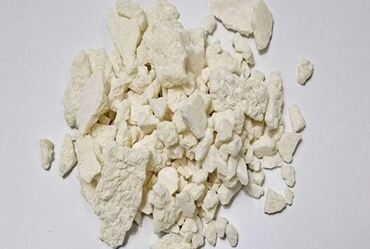Search

Dimethylpentylone has recently attracted attention due to its classification under U.S. law and the criminal implications associated with its possession, distribution, and manufacturing. Understanding its Schedule I status and how it affects legal proceedings is crucial for legal professionals, law enforcement, and individuals who may unknowingly encounter this substance.
Dimethylpentylone is a synthetic cathinone, often referred to as “designer drugs” or “bath salts.” It belongs to a class of recreational drugs that mimic the effects of stimulant substances such as MDMA and cocaine. Because of its pharmacological properties, dimethylpentylone poses significant risks, including potential addiction, psychological effects, and physical harm.
In the United States, substances are categorized into schedules based on their potential for abuse, medical use, and safety. Schedule I drugs are deemed to have:
Dimethylpentylone’s inclusion as a Schedule I drug highlights its illegal status, putting it alongside other substances like heroin and LSD.
The Schedule I classification of dimethylpentylone means it is illegal to manufacture, distribute, or possess the substance. Individuals caught with dimethylpentylone can face severe legal penalties, given its categorization alongside other high-risk drugs.
Possession or distribution of Schedule I substances like dimethylpentylone can lead to:
Law enforcement agencies rigorously monitor and regulate the distribution channels where dimethylpentylone might circulate. This includes surveillance activities around known trafficking networks and suspected distribution points.
Specialized units conduct controlled operations to intercept shipments and dismantle distribution networks involving dimethylpentylone. These operations are essential in curbing the spread of this illegal substance.
Individuals charged with crimes related to dimethylpentylone can pursue specific legal defense strategies, including:
Dimethylpentylone, like other synthetic cathinones, poses serious public health challenges. Users may experience severe psychological effects, physical health problems, and even mortality. Addressing public health issues involves educating communities about the dangers of this substance.
The presence of dimethylpentylone in communities can increase crime levels, affecting overall safety and economic stability. Mitigating such societal impacts requires a combined strategy involving law enforcement, public health interventions, and educational campaigns.
Understanding the Schedule I status of dimethylpentylone and the associated legal consequences is vital for avoiding its negative outcomes. Legal professionals must navigate the complexities of drug-related cases with precision and knowledge. As the legal landscape continues to evolve, staying informed on the status of substances like dimethylpentylone ensures adherence to U.S. law and societal well-being.
By grasping the implications of the Schedule I classification of dimethylpentylone, individuals can better comprehend the legal, health, and societal impacts of this potent substance. For legal experts and community leaders, ongoing education remains the cornerstone of effective drug awareness and prevention.